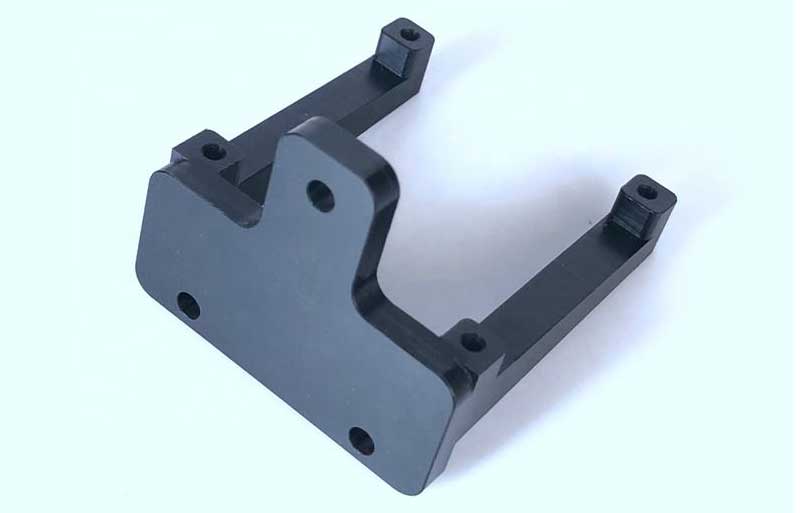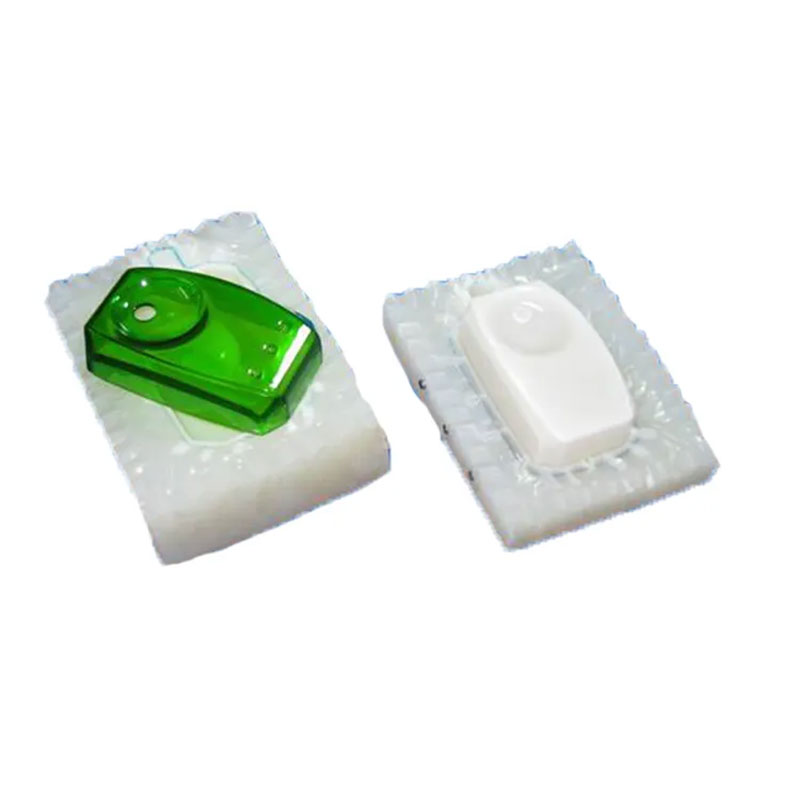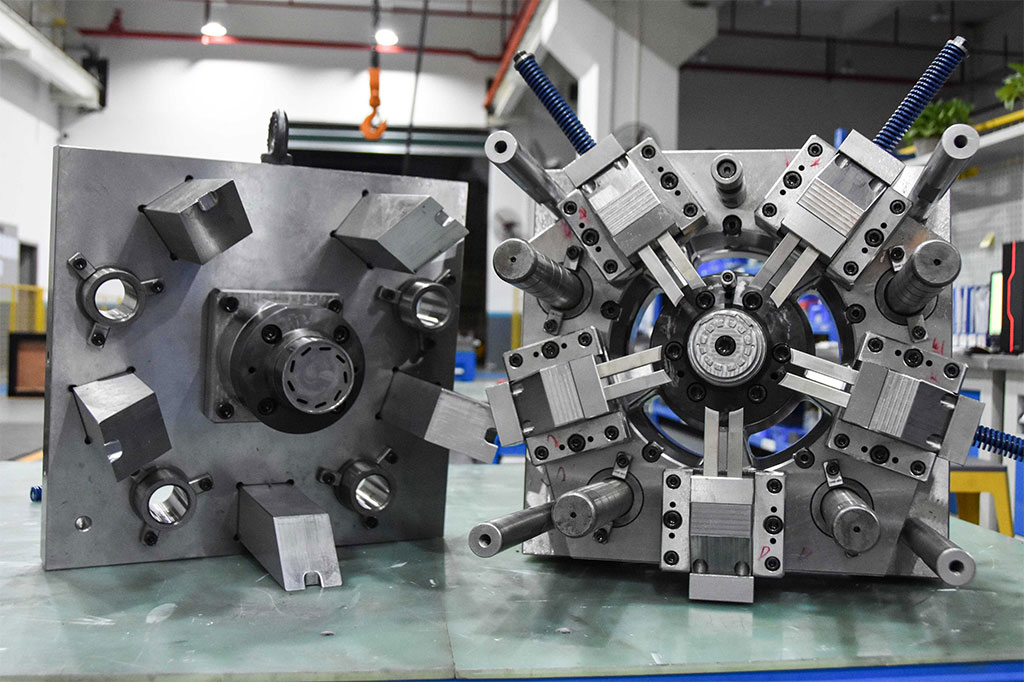The high-performance engineering plastic polyoxymethylene (POM) is widely used in many sectors. It qualifies for various applications due to its assortment of distinctive properties.

Low Friction and Wear Resistance
POM plastic stands out for having a low coefficient of friction, which helps to explain why it has such outstanding self-lubricating properties. Since there is less wear and more efficiency overall, fluid sliding or rotational movements are made possible by the reduced frictional resistance.
Chemical Resistance
POM is ideal for making products in constant contact with chemical solvents, such as pump parts, seals, and fuel system components. This is primarily due to POM plastic’s remarkable resistance to various chemicals, solvents, and fuels. It can resist contact with numerous organic chemicals, alcohols, oils, and greases without significantly deteriorating.
Low Water Absorption and Dimensional Stability
POM plastic has remarkable dimensional stability and keeps its size and shape even in changing humidity and temperature conditions. As a result of its minimal water absorption, it is not susceptible to moisture-related problems like swelling, warping, and other dimensional changes. Applications requiring accurate tolerances, as well as consistent efficiency, also depend heavily on POM’s dimensional stability.
Easy Machinability
The simplicity with which POM plastic may be machined makes precision and effective manufacturing procedures possible. It is easily molded, machined, turned, and drilled, making it easy to make intricate pieces and complex designs. Because of this characteristic, POM resin is frequently chosen for applications requiring complex geometries and great precision.
Excellent Creep / Impact Resistance
Excellent creep resistance is exhibited by POM plastic, which means it can withstand sustained mechanical stress without deforming. Due to this characteristic, POM components can continue functioning properly even when continuously subjected to loads or strains.


